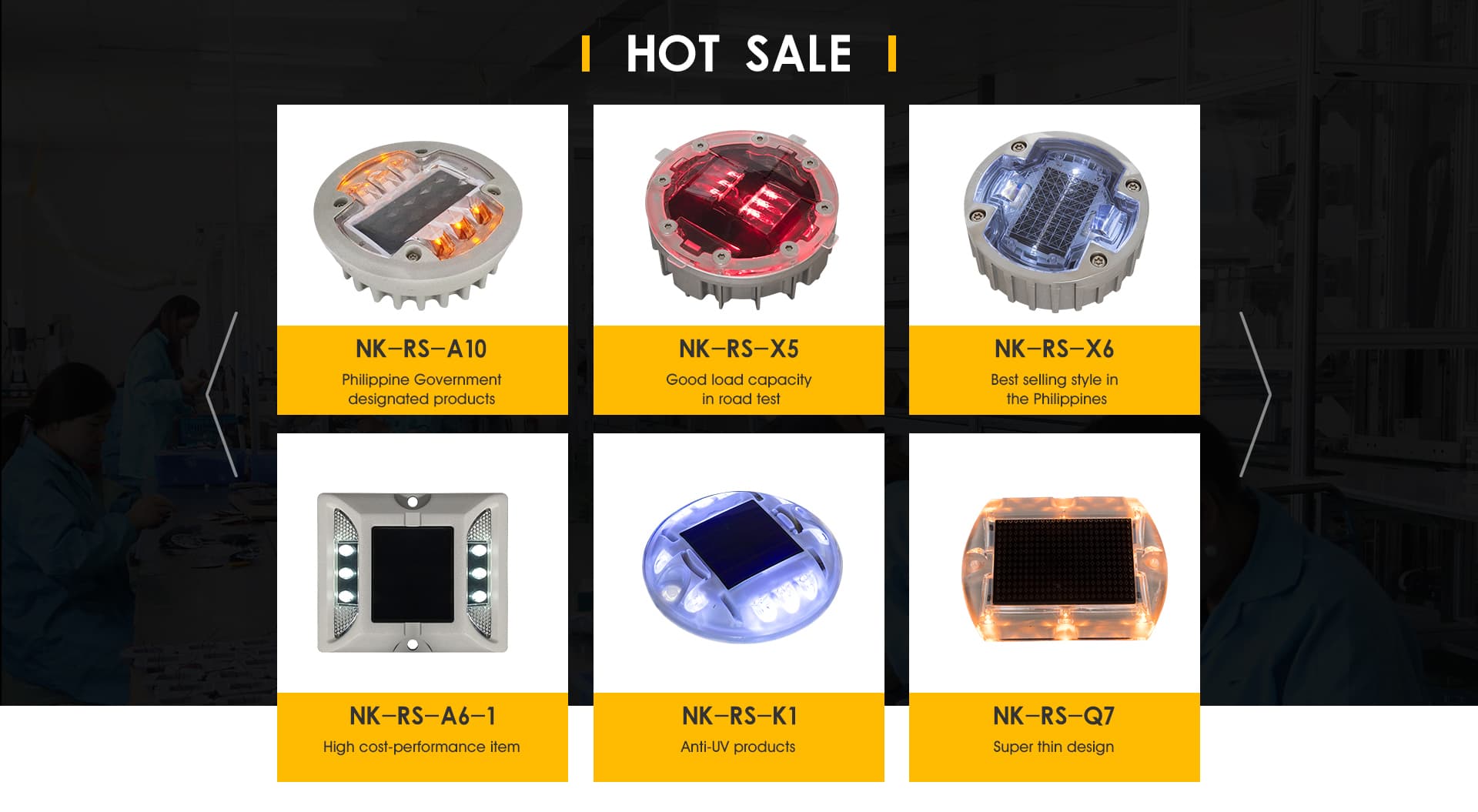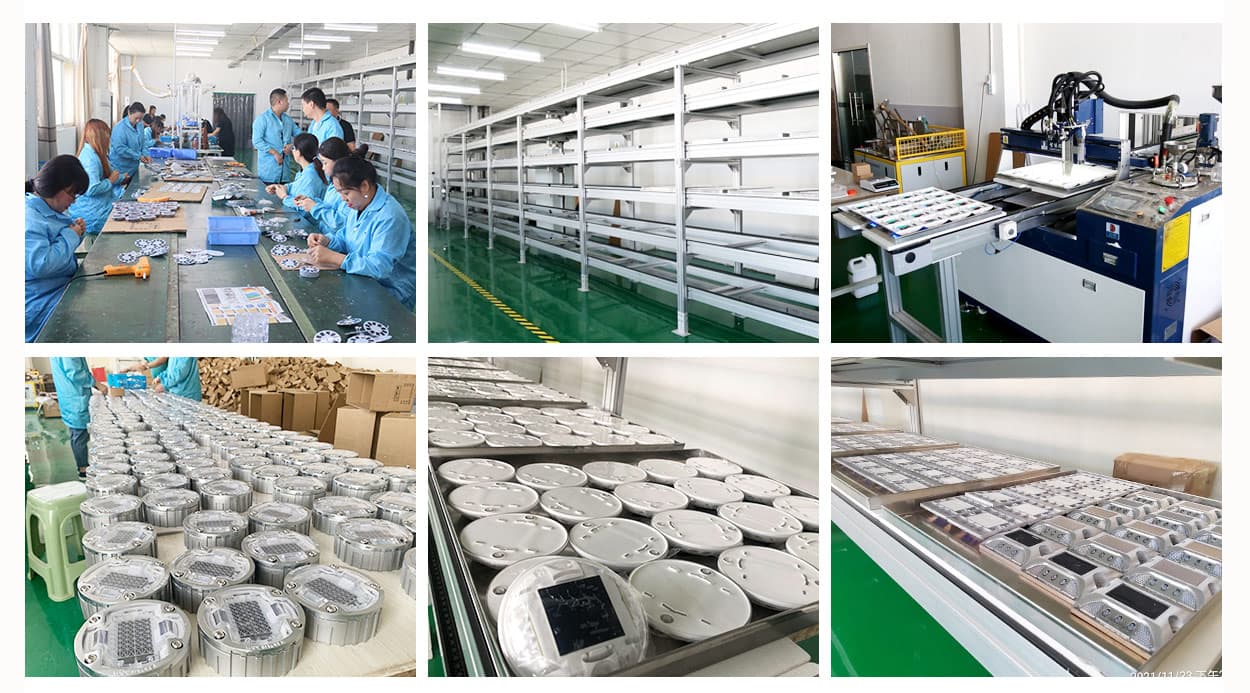


.jpg)
Jan 25, 2017 · Driving on the motorway in the dark can be a hair-raising experience. Not because of other drivers, but because of a lack of working Catseyes (also called road studs). Have you spotted any failed reflective road studs?
.jpg)
Reflective road studs are designed to provide an extremely high retroreflectivity, meaning that the light reflected from nearby light sources is reflected back with similar strength. On the road, this means that streetlights and headlights highlight the reflective road studs, revealing the contours of the road to the driver.
.jpg)
Amber reflective studs are common on UK motorways. Rule 132 of the UK highway code relates to the use of reflective road studs with white lines and states that: Amber studs mark the central reservation of a dual carriageway or motorway. In addition to amber reflective studs, there are other coloured studs used in different ways: White are for normal marking of lanes or the middle of the road,
.jpg)
Reflective markers are also referred to as raised pavement markers, road studs, and sometimes (generically) in the UK and Ireland as cat's eye, although this name refers to one particular brand of product.
.jpg)
The normal size of the reflective stud is 100mm * 100mm * 20mm, and the height of the stud is less than 25mm. The reflectors of the motorway reflective stud are the reflective len, reflective bead, LEDs and the reflective film.
.jpg)
Stimsonite® Corporation supported a UK driven innovation to develop a new, smaller, low impact traffic resistant “stick-on” road stud for use anywhere within a scheme. The new 948 offered exceptional reflectivity and a low cost combination which made it a real alternative to the previously used cats-eye and was specified for use on UK roads.
.jpg)
Motorway theory test. This motorway theory test covers everything motorways. Example questions: What is the national speed limit on a motorway? Which part of the motorway would you find red reflective studs? And lot's more! You must get at least 43 out of 50 correct. It's completely free to use. Good luck and don't forget to share this with
.jpg)
Permanent 290 Reflective Road Studs. These road studs are made by NOKIN and are the most commonly seen on the UK road network. They are specially designed for long-term temporary installations or permanent installations. The 290 Road Stud or Cats Eye as it is commonly known is available with a white body or yellow body, which you can choose from above.
.jpg)
As you are driving you’ll see reflective road studs marking the road. These are also called reflective studs and cat’s eyes, because as you approach them they look like a pair of cat’s eyes on the road, and they originated in the United Kingdom back in 1933. The cat’s eye is what’s called a retro-reflective safety device – it reflects light back to the source (i.e. your headlights).
.jpg)
Oct 08, 2018 · Highways England We’ve installed 175 of the airport-runway-style LED road studs to help mark out lanes at one of England’s busiest motorway junctions – used by over 90,000 vehicles every day.

Highways England are to use intelligent road studs which light up in response to changing traffic lights at the Switch Island motorway junction in Merseyside in an attempt to improve safety for drivers. In a first for the country, it’s installing around 170 of the innovative LED road studs where the M57, M58 and 3 A roads all join together. The junction is used by around 90,000 vehicles per day.
.jpg)
Road studs, or cat's eyes, are retroreflective markers on the road surface to supplement longitudinal road markings, aiding visibility at night. Road studs have a retroreflective surface which reflects the light from vehicle headlights making them visible to drivers in darkness. The colour reflected gives the meaning of the marker (see below).
.jpg)
Sep 02, 2015 · Contractors for Highways England are resurfacing a two-mile stretch of the M6 between junctions 23 and 25, equivalent to the size of seven rugby league pitches. Over 500 new reflective road studs
.jpg)
The most common coloured road studs are: White studs; White studs are used to denote lanes on motorways, as well as the dashed centre lines on single carriageways. They are perhaps the most common and visible form of road stud. Red studs; Red studs mark any line which should not be crossed by a vehicle.
.jpg)
The "Click Stud" has been trialled on some of the UK's busiest road networks Plastic is driving change for motorists, with a new reflective road stud for use on highways utilising a specially formulated PA 6 blend.